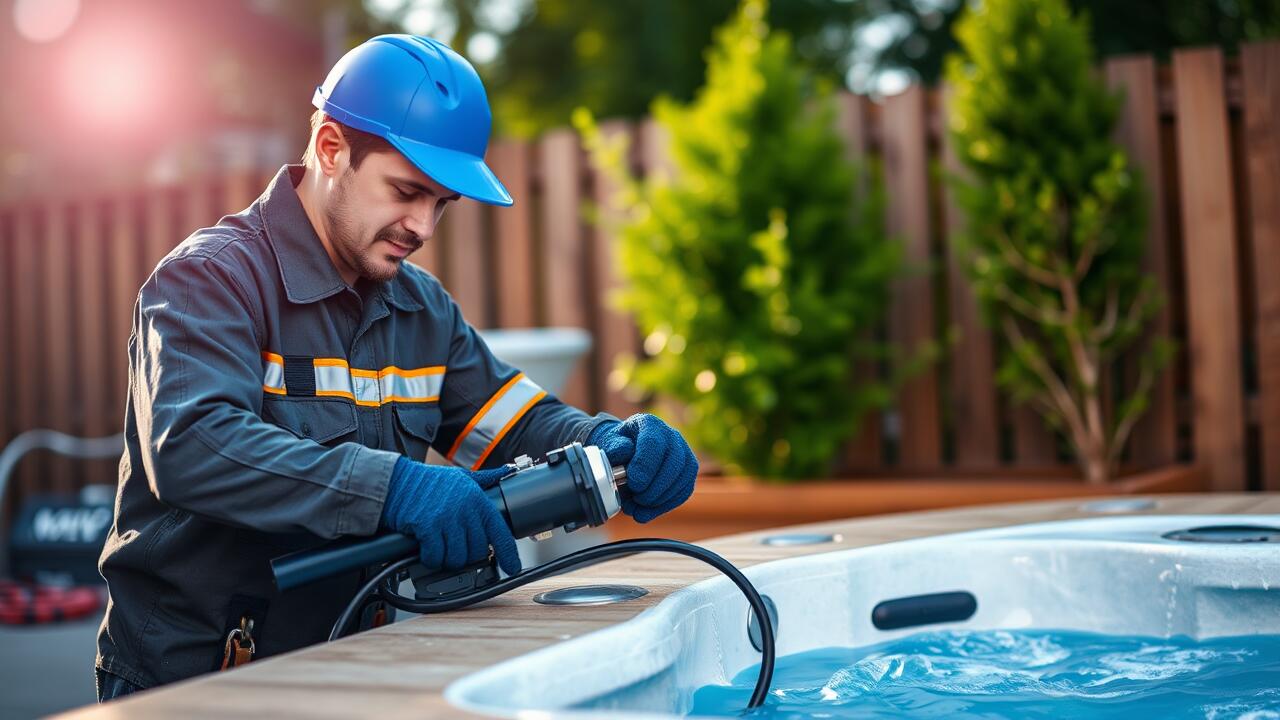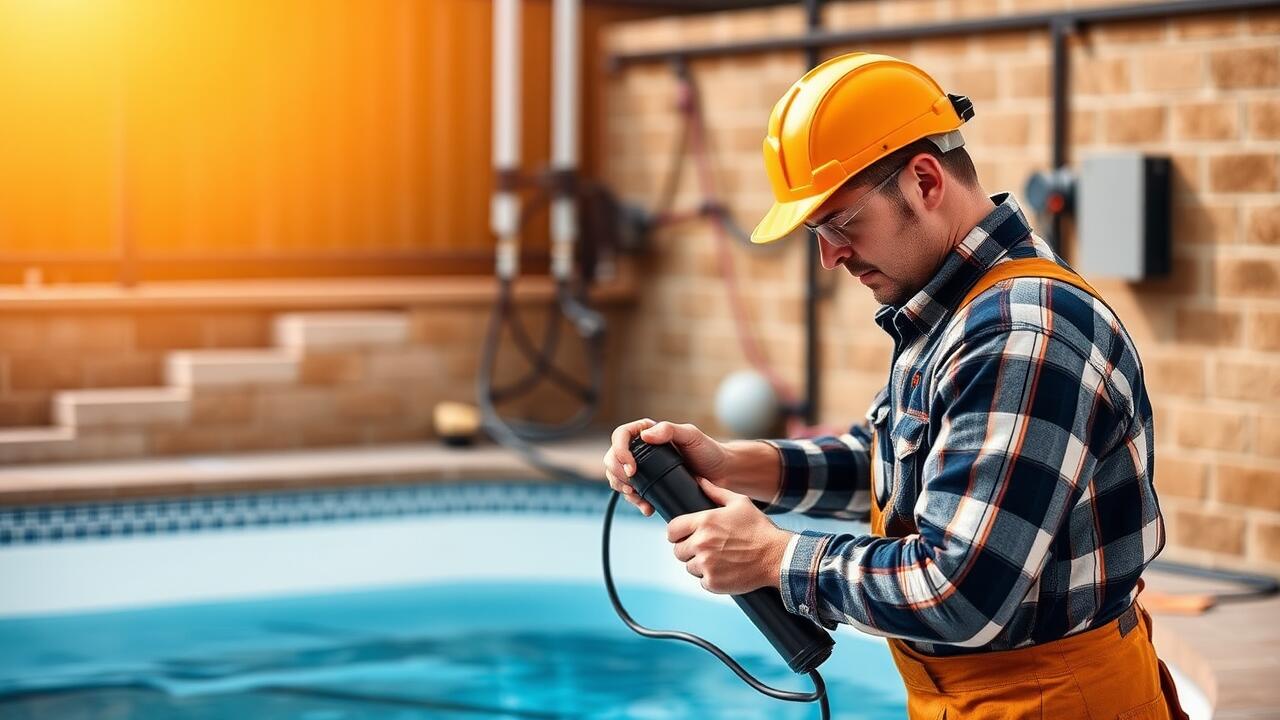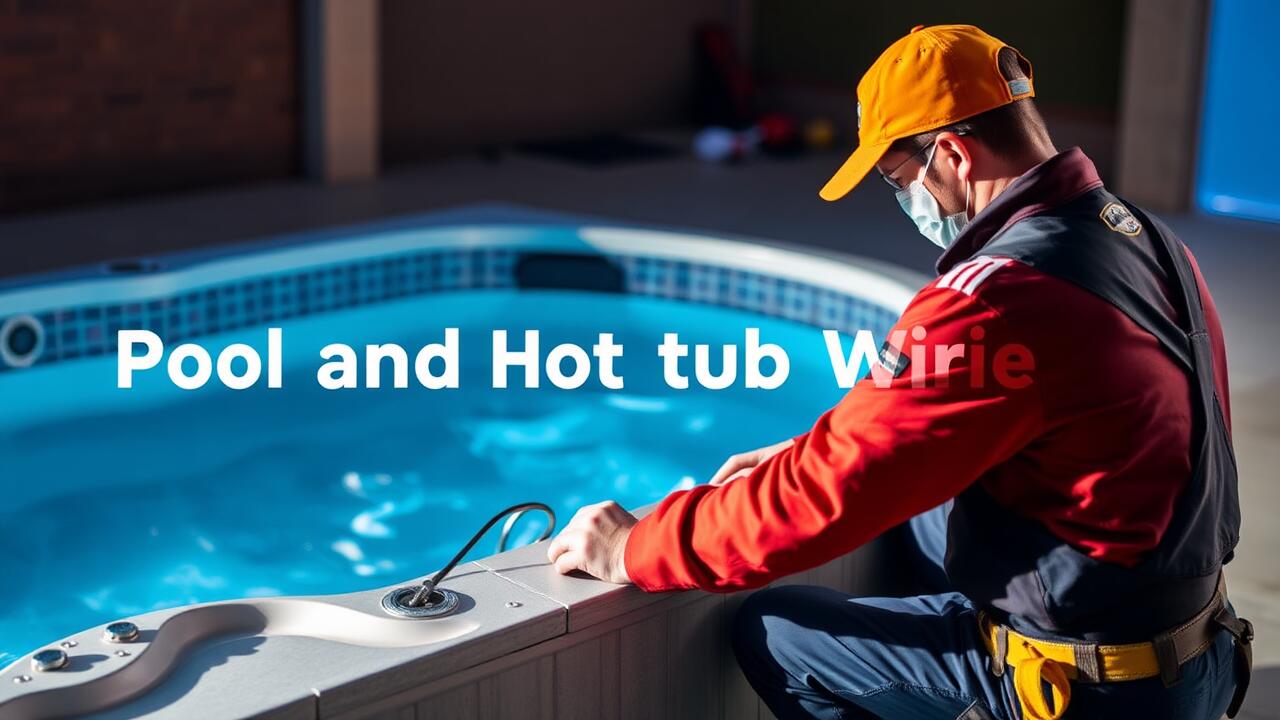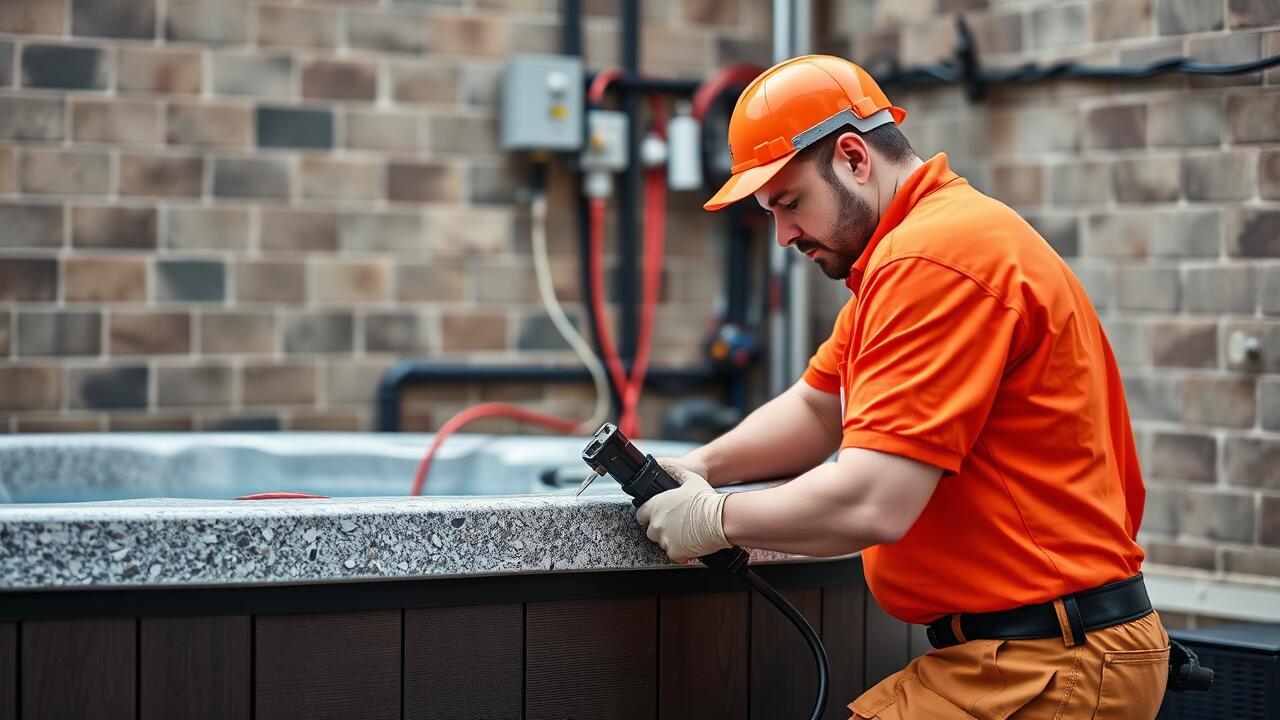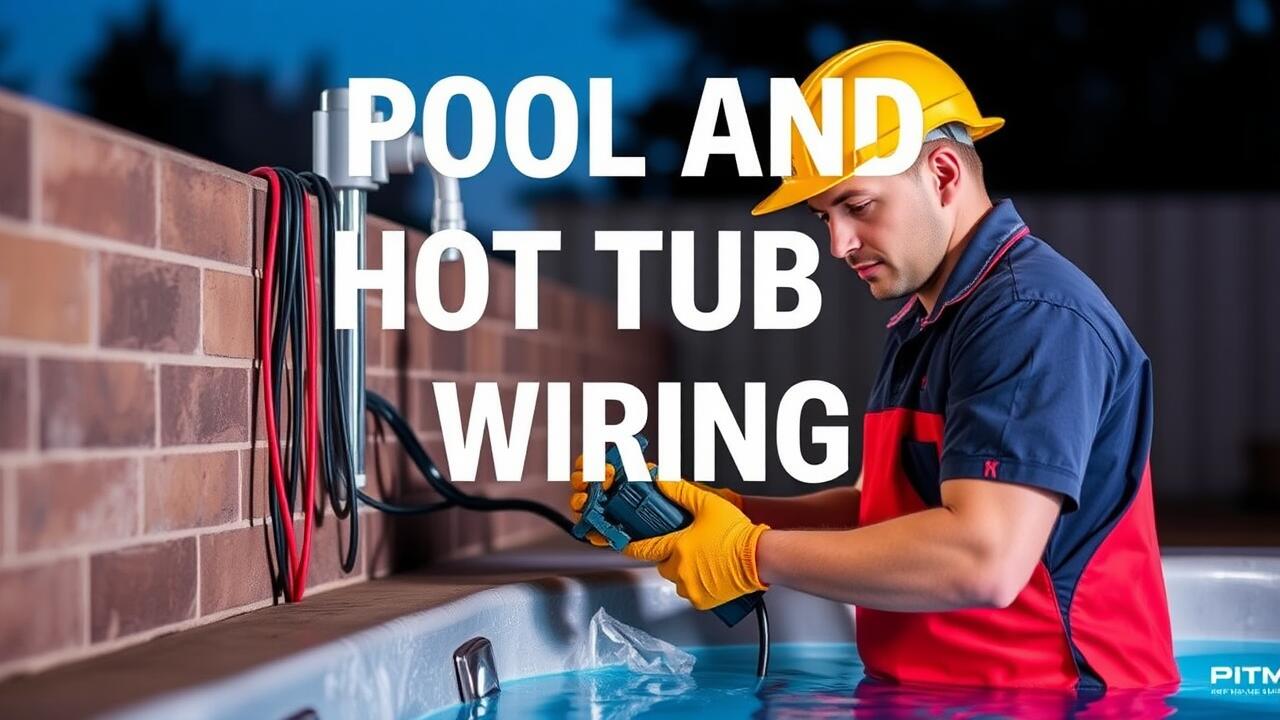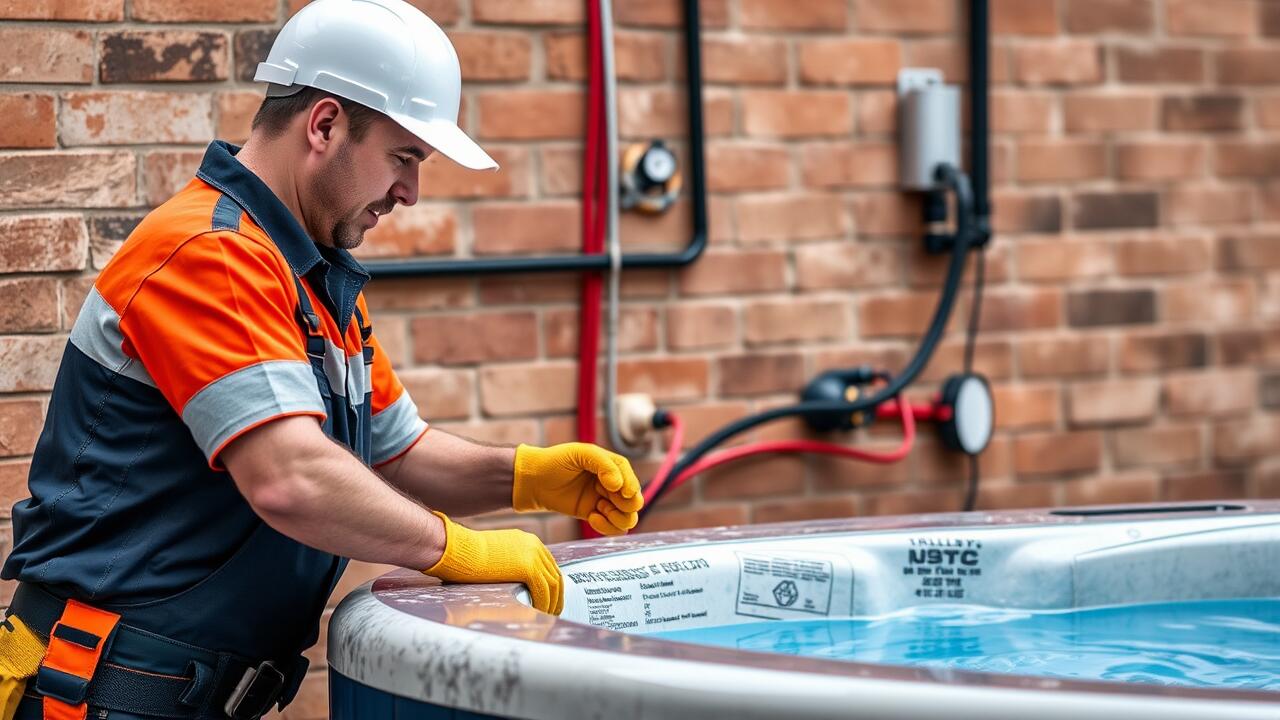
Tools and Materials Needed
Before beginning the installation of a hot tub, it is essential to gather the proper tools and materials to ensure a safe and efficient setup. Basic tools include a drill, wire cutters, pliers, and a screwdriver. Additionally, specific materials such as electrical wire, connectors, and grounding rods are necessary for both grounding and bonding. Having a voltage tester on hand is also advisable to verify that connections are secure and functioning properly.
For those considering a hot tub installation in Westchase, Houston Pool and Hot Tub Wiring is an excellent resource for obtaining high-quality materials. This local supplier offers a range of electrical components designed for hot tub installations. Their selection includes specialized grounding kits, bonding materials, and safety equipment tailored for residential use. With the right tools and materials, the installation will comply with local safety standards and provide lasting performance.
Essential Equipment for Installation
When preparing for the installation of a hot tub, having the right tools and materials is essential for ensuring a safe and efficient setup. Basic tools such as screwdrivers, wrenches, and pliers will be necessary for assembling various components and securing fittings. Additionally, a multimeter is crucial for checking electrical connections, while a level helps ensure the hot tub is installed on stable ground. Bellaire Junction, Houston Pool and Hot Tub Wiring offers a range of high-quality materials, including grounding wires, bonding clamps, and circuit breakers, to meet all installation requirements.
In terms of equipment, it's important to have adequate safety gear, such as gloves and goggles, to protect yourself during the installation process. A trenching shovel or spade will be useful if you're required to bury any electrical lines. If you're working with heavier models, a dolly or lift can assist in moving the hot tub into position. Having these tools on hand not only streamlines the installation process but also contributes to adhering to local codes set by Bellaire Junction, Houston Pool and Hot Tub Wiring for safe electrical practices.
Step-by-Step Grounding Process
To begin the grounding process for your hot tub, it's essential to identify a suitable grounding point. This is typically done by connecting to an existing grounding electrode system or establishing a new grounding rod if one does not exist. In compliance with local codes, make sure that the grounding electrode is properly installed and secured. A ground wire, typically a copper conductor, should be connected to this grounding system, ensuring that it has sufficient size and length as required by relevant electrical standards.
After establishing the grounding point, the next step involves running the ground wire from the hot tub’s electrical panel to the designated grounding location. This connection should be securely fastened and protected from environmental factors. Throughout the installation process, it's important to refer to guidelines specific to your area, such as those outlined by Spring Branch West, Houston Pool and Hot Tub Wiring. This will help ensure compliance with local regulations and promote safety during operation.
How to Properly Ground Your Hot Tub
Grounding a hot tub is crucial to ensure safety and prevent electrical hazards. Begin by using a dedicated grounding electrode system, which typically consists of a ground rod buried in the earth. This system must be connected to the hot tub’s grounding terminal using a copper wire, which should be free from any corrosion. The gauge of the wire must meet the specifications of the local electrical code, with larger gauges providing better conductivity.
Following installation, check to ensure the grounding system is effective. This can be done using a multimeter to verify continuity between the ground rod and the hot tub’s grounding terminal. It is also a good practice to consult a licensed electrician, particularly for installations in areas like Bellaire West, Houston Pool and Hot Tub Wiring, where specific local codes may apply. Ensuring a proper ground will protect both users and the electrical system from potential faults.
Step-by-Step Bonding Process
To ensure a secure bonding system for your hot tub, the first step involves connecting the bonding lugs. These lugs are usually located on the hot tub and are designed to facilitate electrical bonding. Use an appropriate size copper wire, typically a minimum of 8 AWG, to make the connections. Strip the insulation from both ends of the wire. Tighten it securely to the bonding lugs on the hot tub and any other equipment nearby, such as pumps or heaters. This creates a path for stray electrical currents to safely dissipate into the ground.
Next, establish a connection to the grounding system. This can involve linking the hot tub bonding system to an existing grounding electrode, such as a grounding rod. For optimal results, follow local electrical codes and guidelines, particularly those referenced for Third Ward, Houston Pool and Hot Tub Wiring. Checking for any loose connections is crucial to ensure that there are no weak points in the bond. After making all connections, perform a continuity test with a multimeter to verify that the bonding system is complete and effective without any interruptions.
Ensuring a Secure Bonding System
A secure bonding system is critical for the safe operation of your hot tub. This process involves connecting all metallic components of the hot tub, including the frame, pumps, and metal fixtures, to ensure that they share the same electrical potential. By doing so, this reduces the risk of electrical shock due to stray currents. It's essential to use the correct size and type of bonding wire, typically copper, and to establish good connections to each component. Make sure all connections are tight and protected from corrosion, as this will enhance the longevity and safety of your installation.
When wiring your hot tub in Bellaire West, Houston, proper bonding must comply with local codes and regulations. Installation should typically involve a copper bonding wire connected to a grounding electrode system. Complete the bonding process by ensuring that the wire is routed properly without interruption and that it connects securely to the bonding lugs on the hot tub. Regular inspections of the bonding system are also advisable to maintain safety and reliability over time. Following these guidelines will help create a safe and enjoyable environment for hot tub use.
FAQS
What is the difference between grounding and bonding in relation to hot tubs?
Grounding refers to creating a path for electrical current to safely dissipate into the ground, while bonding ensures that all metal components are electrically connected to eliminate voltage differences between them.
Why is grounding and bonding important for hot tubs?
Grounding and bonding are crucial for safety as they help prevent electric shock, reduce the risk of electrical fires, and protect the equipment from surges.
What tools and materials do I need to ground and bond my hot tub?
You will need a grounding rod, copper wire, clamps, a wrench, a multimeter, and possibly conduit or PVC piping, depending on your installation environment.
Can I install the grounding and bonding systems myself?
While some homeowners may have the skills to do it themselves, it's highly recommended to consult or hire a licensed electrician to ensure compliance with local codes and safety standards.
How often should I check the grounding and bonding systems of my hot tub?
It is advisable to inspect the grounding and bonding systems at least once a year, or whenever you perform maintenance or repairs on the hot tub, to ensure they remain secure and functional.
